27 Medicinal Plants Worth Your Garden Space
Playful as kids are, accidents happen. And the accident that befallen me at 7 years old was the feeling of the hot exhaust pipe of a motorcycle kissing the skin of my leg. Grandma was around and saw it. Immediately, she took out a knife and slice the thick lower part of the aloe vera plant by the garden and rubbed the exposed end on the burn.
Looking back, I realized that it was important to have medicinal plants around the house cause you never know when you might need them. So here are a list of plants that have the highest medicinal value compared to the other million species around the world worth planting around the house.
- Aloe Vera
- wounds
- cuts
- burns
- eczema
- reducing inflammation
- ulcerative colitis (drinking aloe vera juice)
- chronic constipation
- poor appetite
- digestive problems
- Marsh Mallow
- inflammations and irritations of the urinary and respiratory mucus membranes
- counter excess stomach acid
- peptic ulceration
- gastritis
- bruises
- sprains
- aching muscles
- insect bites
- skin inflammations
- splinters
- Great Burdock
- boils
- rashes
- burns
- bruises
- herpes
- eczema
- acne
- impetigo
- ringworm
- bites
- Pot Marigold
- bites
- stings
- sprains
- wounds
- sore eyes
- varicose veins
- Gotu Kola
- ulcers
- skin injuries
- decreasing capillary fragility
- stimulation of the lipids and protein necessary for healthy skin
- treat leprosy
- revitalize the brain and nervous system
- increase attention span and concentration
- treat venous insufficiency
- Camomile
- Globe Artichoke
- improve liver and gall bladder function
- stimulate the secretion of digestive juices
- lower blood cholesterol levels
- treat chronic liver and gall bladder diseases
- jaundice
- hepatitis
- asteriosclerosis
- early stages of late-onset diabetes
- Chinese Yam
- tiredness
- weight loss
- loss of appetite
- poor digestion
- chronic diarrhea
- asthma
- dry coughs
- uncontrollable urination
- diabetes
- emotional instability
- ulcers
- boils
- abscesses
- Echinacea
- Siberian Ginseng
- menopausal problems
- geriatric debility
- physical and mental stress
- treat bone marrow suppression caused by chemotherapy or radiation
- angina
- hypercholesterolemia and neurasthenia with headache
- insomnia
- poor appetite
- increasing endurance
- memory improvement
- anti-inflammatory purposes
- immunogenic purposes
- chemoprotective purposes
- radiological protection
- Great Yellow Gentian
- liver complaints
- indigestion
- gastric infections
- aneroxia
- Sea Buckthorn
- colds
- fever
- exhaustion
- stomach ulcers
- cancer
- metabolic disorders
- liver diseases
- inflammation
- peptic ulcer
- gastritis
- eczema
- canker sores
- general ulcerative disorders
- karatitis
- trachoma
- Tea Tree
- cystitis
- glandular fever
- chronic fatigue syndrome
- thrush
- vaginal infections
- acne
- athlete’s foot
- verrucae
- warts
- insect bites
- cold sores
- nits
- minor burns
- Lemon Balm
- colds
- fevers
- indigestion due to nervous tension
- digestive upsets in children
- hyperthyroidism
- depression
- mild insomnia
- headaches
- Peppermint
- reduce irritable bower syndrome
- against upset stomachs
- inhibit bacterial growth
- treat fevers
- flatulence
- spastic colon
- Evening Primrose
- multiple sclerosis
- premenstrual tension
- hyperactivity
- eczema
- acne
- brittle nails
- rheumatoid arthritis
- alcohol-related liver damage (alcoholics, this is for you)
- Ginseng
- stimulate and relax the nervous system
- encourage secretion of hormones
- improve stamina
- lower blood sugar levels
- lower cholesterol levels
- increase resistance to disease
- treat debility associated with old age
- treat lack of appetite
- treat insomnia
- Turkey Rhubarb
- chronic constipation
- diarrhea
- liver and gall bladder complaints
- hemorrhoids
- menstrual problems
- skin eruptions due to accumulation of toxin
- Sage
- indigestion
- flatulence
- liver complaints
- excessive lactation
- excessive perspiration
- excessive salivation
- anxiety
- depression
- female sterility
- menopausal problems
- insect bites
- skin infections
- throat infections
- mouth infections
- gum infections
- skin infections
- vaginal discharge
- Wu Wei Zi
- dry coughs
- asthma
- night sweats
- urinary disorders
- involuntary ejaculation
- chronic diarrhoea
- palpitations
- insomnia
- poor memory
- hyperacidity
- hepatitis
- diabetes
- Milk Thistle
- liver and gall bladder diseases
- jaundice
- hepatitis (liver inflammation)
- poisoning
- high cholesterol levels
- insulin resistance in people with type 2 diabetes who also have cirrhosis
- the growth of cancer cells in breast, cervical, and prostate cancers
- the effects of a hangover
- Comfrey
- bronchial problems
- broken bones
- sprains
- arthritis
- gastric and varicose ulcers
- severe burns
- acne
- cuts
- bruises
- sprains
- sores
- eczema
- varicose veins
- Feverfew
- Fenugreek
- encourage weight gain (take note, anorexics)
- inhibit cancer of the liver
- lower blood cholesterol levels
- treat inflammation and ulcers of the stomach and intestines
- drain off sweat ducts
- for body building
- for late onset diabetes
- poor digestion
- insufficient lactation
- painful menstruation
- labor pains
- freshen bad breath
- restore a dull sense of taste
- Slippery Elm
- Stinging Nettle
- cleanse the blood
- treat hay fever
- arthritis and anemia
- excessive menstruation
- hemorrhoids
- rheumatism
- skin problems like eczema
- nettle rash
- chicken pox
- bruises
- burns
- Agnus Castus
- restoring absent menstruation
- regulating heavy periods
- restoring fertility caused by hormonal imbalance
- relieving premenstrual tension
- easing the transition of menopause
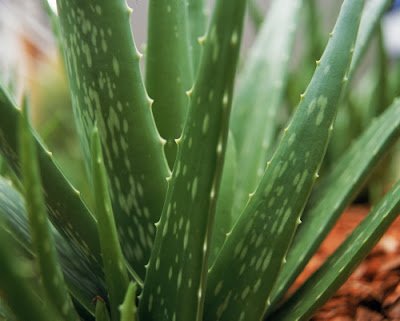
The aloe vera grows only under the sun with well drained dry or moist soil. Although the plant tastes like turd, it’s still edible. The sap from aloe vera is extremely useful to speed up the healing and reducing the risk of infections for :
Apart from its external use on the skin, aloe vera is also taken internally in the treatment of :

The plant of which marshmallows are made of. The root is taken internally to treat :
Externally, the root is applied to :
The leaves are very edible, unlike the aloe vera. They can be added to salads, boiled, or fried. It is known to help out in the area of cystitis and frequent urination.
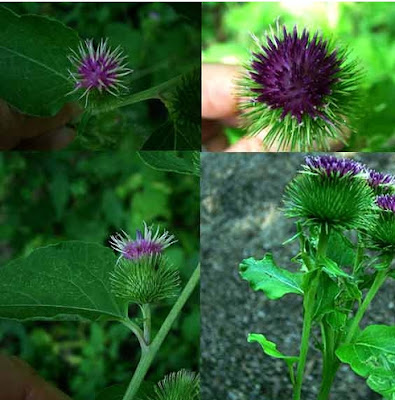
It requires moist soil and can grow shadeless. The great burdock is the pretty famous in the area of detoxification in both Chinese and Western herbal medicine. The root is is used to treat ‘toxic overload’ that result in throat infections and skin diseases like :
The leaves and seeds can be crushed to poultice it to bruises, burns, ulcers and sores.

It grows in almost any type of soil condition. It has no problem with nutritionally poor, very acidic or very alkaline soils, just as long as it’s moist. Well known as a remedy for skin problems, the deep-orange flowered pot marigold variety is applied externally to :
Internally it is used to treat fevers and chronic infections.
The tea of the petals tones up circulation and, taken regularly, eases varicose veins.
Applying the crushed stems of the pot marigold to corns and wartswill soon have them easily removable.

The gotu kola acts on various phases of connective tissue development and stimulates healing of :
Leaves are thought to maintain youthfulness. Crushed leaves are poulticed to treat open sores. The gotu kola can also be used to :

With a sweet, crisp, fruity and herbaceous fragrance, has long been used medicinally as a remedy for problems regarding the digestive system. It has a soothing and calming effect in the area of aromatherapy, used to end stress and aid in sleep. The entire herb is used to treat common aches like toothache, earache, shoulder pain and neuralgia.
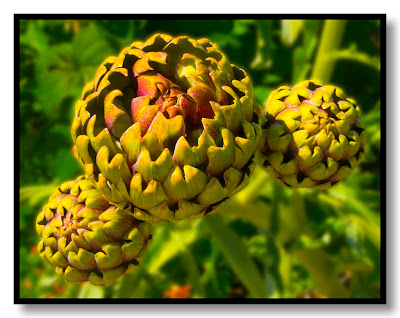
A bitter tasting plant that requires a lot of sun, the cardoon has become important as a medicinal herb in recent years following the discovery of cynarin. The cardoon leaves, best harvested before flowering, helps to :
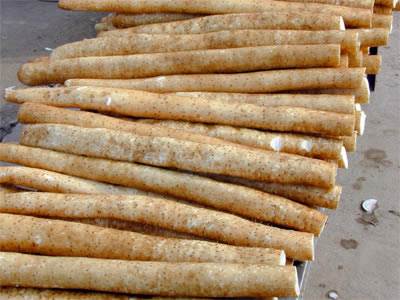
A type of yam that can be eaten raw, the chinese yam can be easily grown, succeeding in fertile, well drained soil in a sunny position. It is sweet and soothing to the stomach, spleen and has a tonic effect on the lungs and kidneys. It is used internally to treat :
Externally, it is applied to :
The leaf, on the other hand, is used to treat snakebites and scorpion stings.

One of the world’s most important medicinal herbs, the echinacea has the capacity to raise the body’s resistance to bacterial and viral infections by stimulating the immune system. It also has antibiotic properties that helps relieve allergies. Basically, the roots are beneficial in the treatment of sores, wounds and burns. It was once used by the Native Americans as an application for insect bites, stings and snakebites. The echinacea grows on any well drained soil, as long as it gets sunlight.
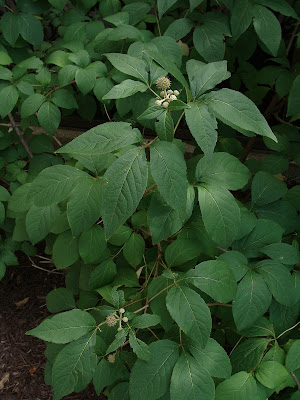
The siberian ginseng has a wide range of health benefits, mostly as a powerful tonic herb that maintains good health. Its medicinal properties are used for :

The great yellow gentian root is a bitter herb used to treat digestive disorders and states of exhaustion from chronic diseases. It stimulates the liver, gal bladder and digestive system, strengthening the overall human body. Internally, it is taken to treat :

The sea-buckthorn has been used throughout the centuries in China to relieve cough, aid digestion, invigorate blood circulation and alleviate pain. The branches and leaves are used in Mongolia to treat gastrointestinal distress in humans and animals.
The bark and leaves are used for treating diarrhea, gastrointestinal, dermatological disorders and topical compressions for rheumatoid arthritis. Even the flowers are used as skin softeners.
The berries on the other hand are used together with other medications for pulmonary, gastrointestinal, cardiac, blood and metabolic disorders. Fresh sea buckthorn berry juice is known to be taken in the event of :

Even the aborigines have been using the tea tree leaves for medicinal purposes, like chewing on young leaves to relieve headaches. The paperbark itself is extremely useful to them as it serves to line coolamons when used as cradles, as a bandage, as a sleeping mat, as material for building humpies, as an aluminum foil, as a disposable rain coat and for tamping holes in canoes.
The leaves and twigs, eventaully made into tea tree oil, is anti fungal, antibacterial, antiseptic and deserves a place in every household medicine box. Tea tree oil can be used to treat :

The reason the plant is called lemon balm is because of the lemon minty scent of the leaves. The flowers, which appear during the summer, are full of nectar. The crushed leaves, when rubbed on the skin, are used as :
Infusion of the leaves with water are known to treat :
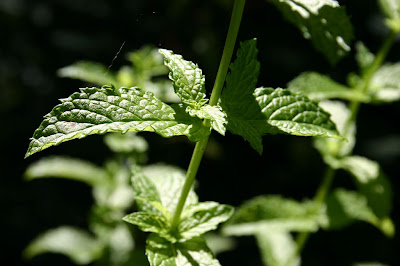
Peppermint is sometimes regarded as ‘the world’s oldest medicine’, with archaeological evidence placing its use at least as far back as ten thousand years ago. Pepeprmint are naturally high in manganese, vitamin A and vitamin C. Crushed leaves rubbed on the skin help soothe and relax the muscles. Infused peppermint leaves are used to :

The young roots can be eaten like a vegetable, or the shoots can be eaten as a salad. Poulticed roots of the evening primrose is applied to piles and bruises. Tea made from the roots have also been used in the treatment of obesity and bowel pains. However, the more valuable parts are the leaves and bark which are made into evening primrose oil, known to treat :

One of the most highly regarded medicines in the orient, the ginseng is reputable in its ability to promote health, general body vigor and prolong life. The roots are used to :

Known mainly for its positive and balancing effect upon the digestive system as a whole. Even children may use the turkey rhubarb as it is gentle enough. The roots act as an astringent tonic to the digestive system while larger doses are used as laxatives. Other than that, it is also known to treat :

Salvia, the Latin name for sage, means ‘to heal’. Internally, the sage is used for :
On the other hand, it is used externally for :
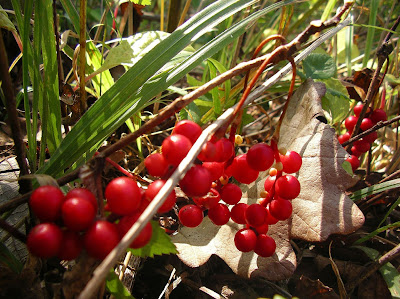
Low doses of the fruit are said to stimulate the central nervous system whilst large doses depress it, while regulating the cardiovascular system. The seed is used in the treatment of cancer. Externally, it is used to treat irritating and allergic skin conditions while taken internally to treat :

It protects and improves the function of the liver (take note, alcoholics). Taken internally, milk thistle helps to treat :

Comfrey contains allantoin, a cell proliferant that speeds up the natural replacement of body cells. It is reputed to have teeth and bone building properties in children. Safer to use externally than internally, comfrey is used to treat a wide variety of ailments ranging from :
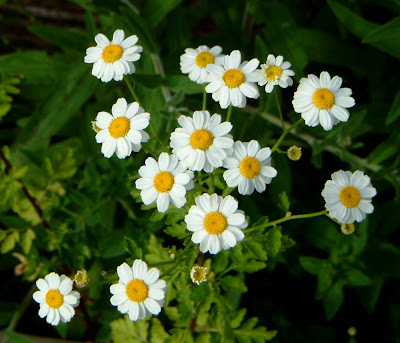
A tea made from the whole plant is used in the treatment of arthritis, colds, fevers etc. It is said to be sedative and to regulate menses. An infusion is used to bathe swollen feet. Applied externally as a tincture, the plant is used in the treatment of bruises. Chewing 1-4 leaves a day has proven to be effective in the treatment of some migraine headaches.

Fenugreek seeds are nourishing and taken to :

The inner bark of the slippery elm can be ground into nutrient-rich porridge-like soup that serves as an excellent remedy for sore throats. Other than that, it can be used to soothe the digestive tract. The bark of the slippery elm was used as an abortion tool, moistened with water and inserted into the cervix, before it was banned by certain countries like the UK.
Long known as a nutritious addition to the diet and as a herbal remedy, the stinging nettle leaves have been traditionally used to :
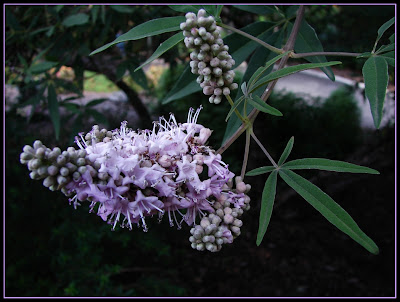
Beneficial to female hormonal system, the agnus castus seeds and fruits are used to rectify hormonal imbalances caused by an excess of estrogen and an insufficiency of progesterone. It acts upon the pituitary gland, reducing the production of certain hormones and increasing the production of others, shifting the balance in favor of the gestagens, hormones that ‘secure’ pregnancy. Thus it has a wide application of uses in malfunctions of the feminine reproductive system and has been used with great effect in :

No comments:
Post a Comment